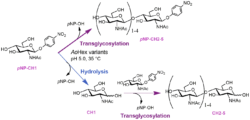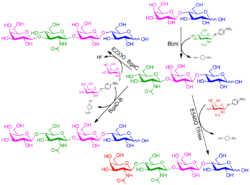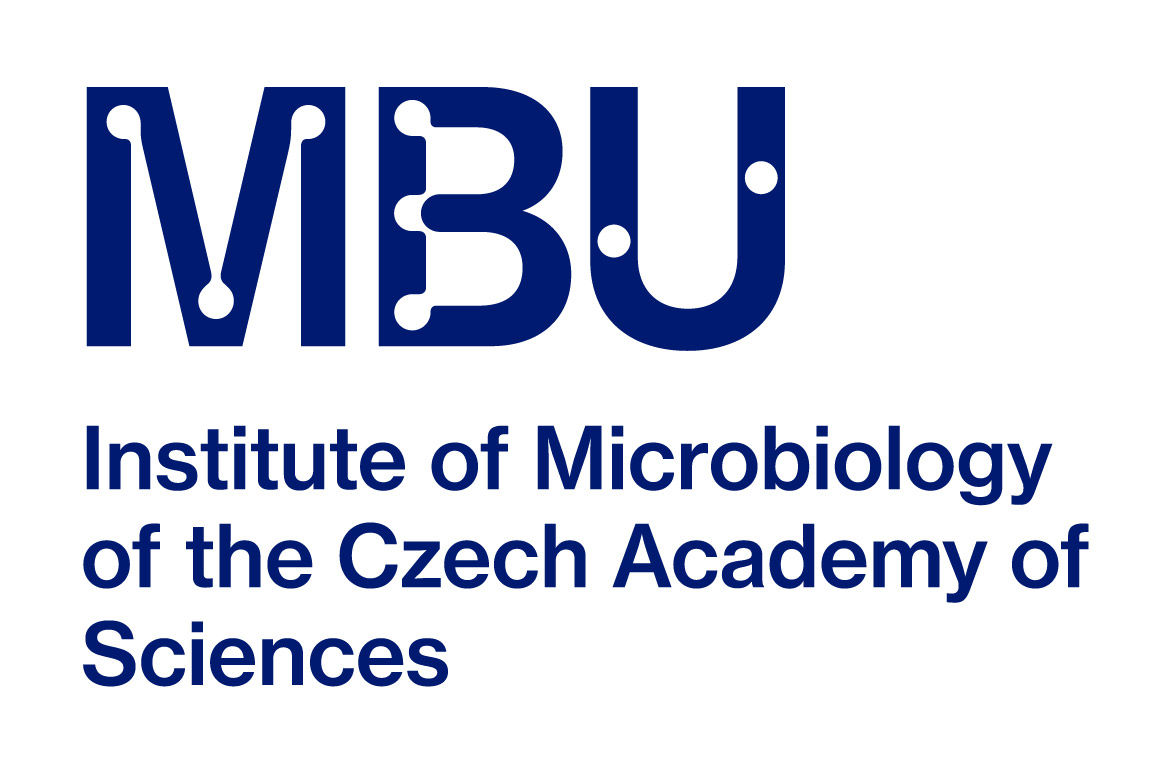By definition, glycosidases (glycoside hydrolases; EC 3.2.1) are hydrolases that naturally catalyze the cleavage of glycosidic bonds, either between two or more carbohydrate units or between a carbohydrate and its aglycone moiety. Advantageously, under certain conditions many retaining glycosidases are able to catalyze the synthesis of glycosidic bonds. In this kinetically controlled process called transglycosylation, the carbohydrate moiety is transferred from an activated donor to a free hydroxyl group of acceptors such as alcohols or carbohydrates, instead of water. Unfavorably for synthetic applications, the yields of transglycosylation reactions are substantially decreased by the concurrent hydrolysis of the donor substrate as well as of the synthesized product. At this point, enzyme engineering aimed at improving the synthetic capabilities of glycosidases comes into play. By impairing their hydrolytic activity while retaining their transglycosylation activity, novel synthetic engines arise that may change the future of the biosynthesis of tailored complex carbohydrates and glycoconjugates.
Our group is focused mainly on the enzyme engineering and structure-activity relationship studies of fungal b-N-acetylhexosaminidases capable of the synthesis of bioactive chitooligomers with a wide range of degree of polymerization and their derivatives suitable for conjugation to other structures (Fig. 1).

Figure 1. Complex transglycosylation reactions catalyzed by mutant variants of AoHex (Mészáros 2022)
The other major goal is the glycosidase-catalyzed synthesis of human milk oligosaccharides (HMOs) and their analogs, which could be used in infant formulas and food supplements, employing both wild-type and engineered glycosidases (Fig. 2).

Figure 2. Enzymatic synthesis of HMO analogs (Nekvasilová 2022)
Recent publications:
Mészáros, Adv. Synth. Catal. 2022
Nekvasilová, Int. J. Mol. Sci 2022
Mészáros, Biotechnol. Adv. 2021
Nekvasilová, Adv. Synth. Catal. 2020
Kapešová, Int. J. Biol. Macromol. 2020


 Doc.RNDr. Pavla Bojarová, Ph.D.
Doc.RNDr. Pavla Bojarová, Ph.D.